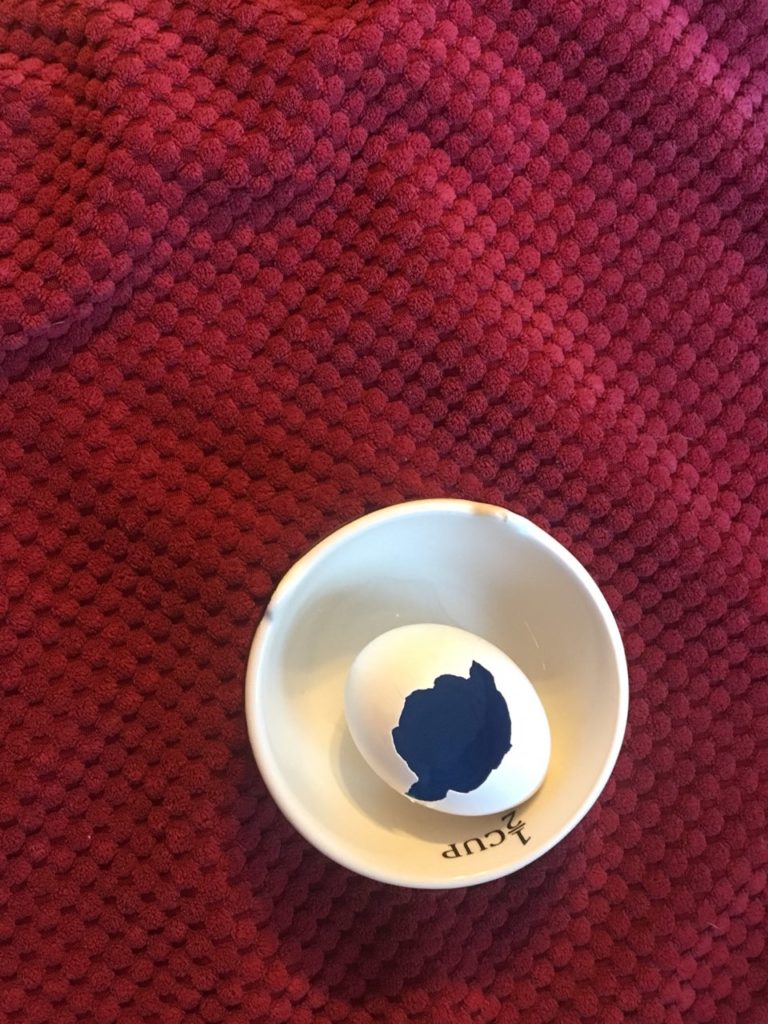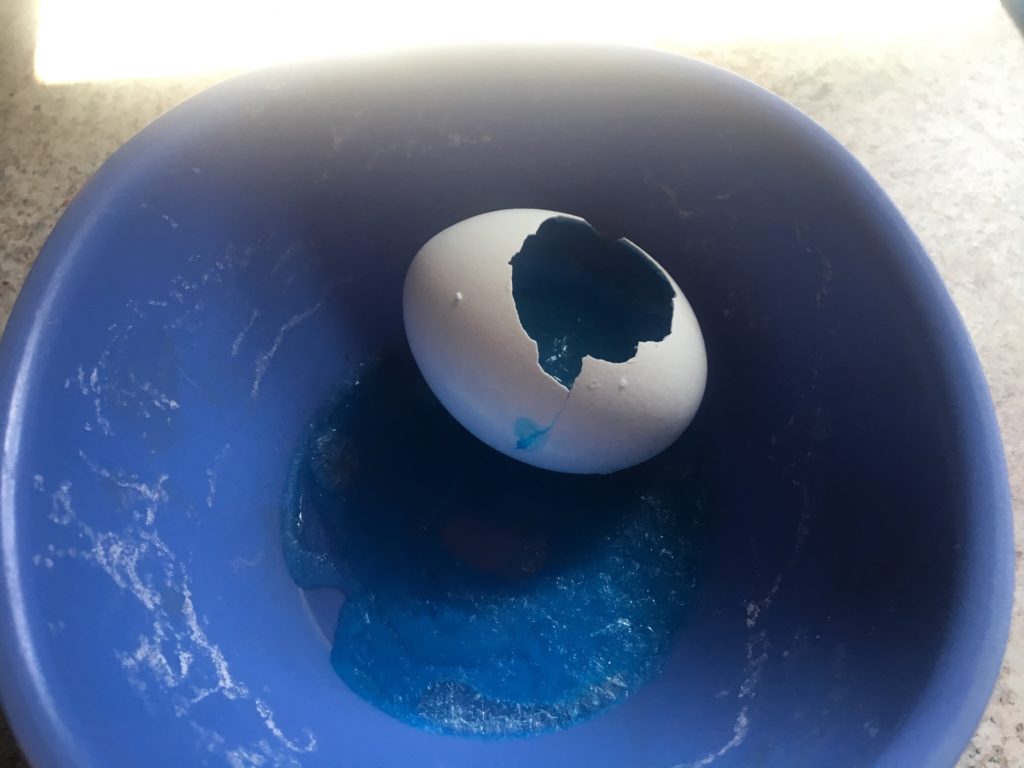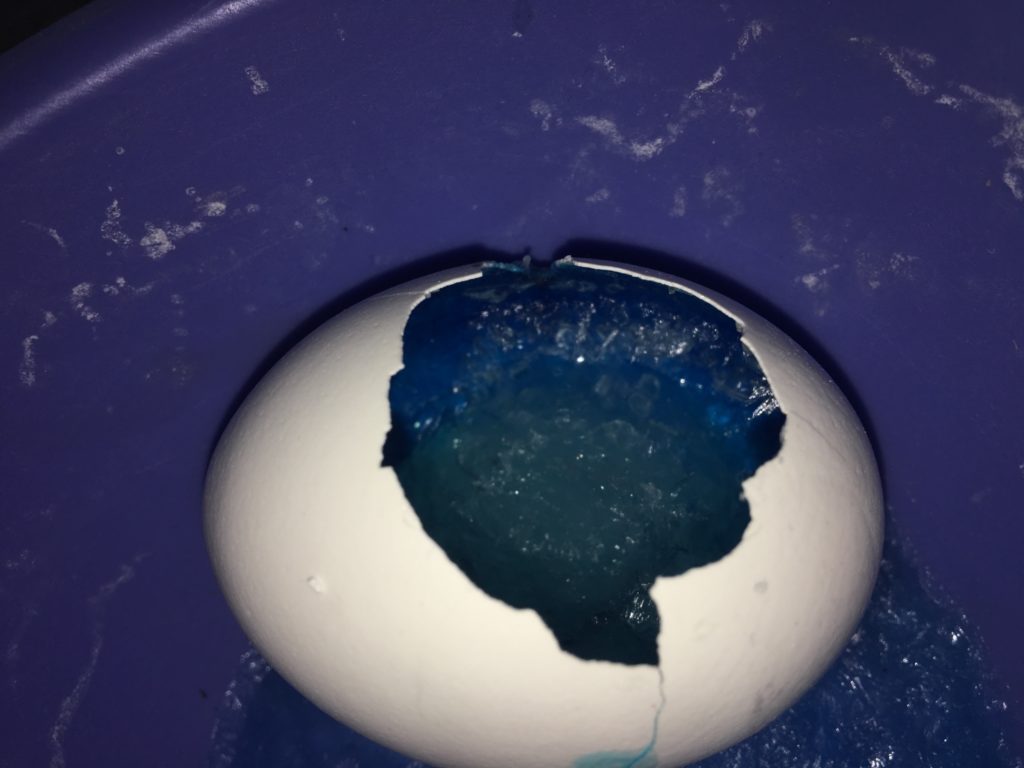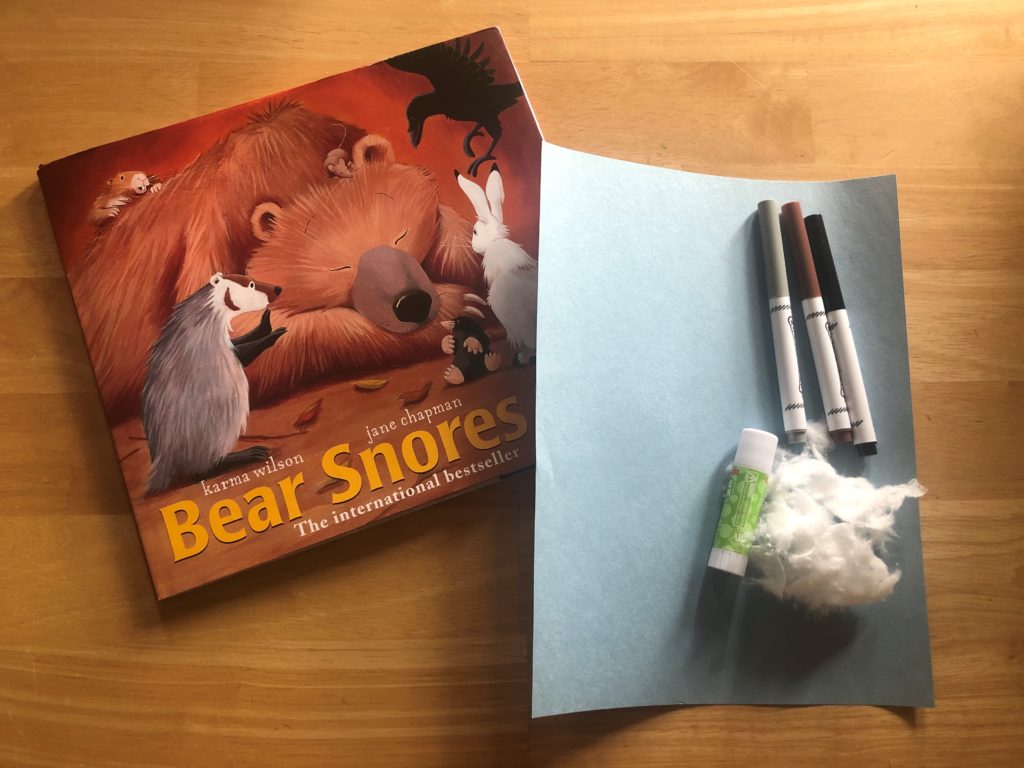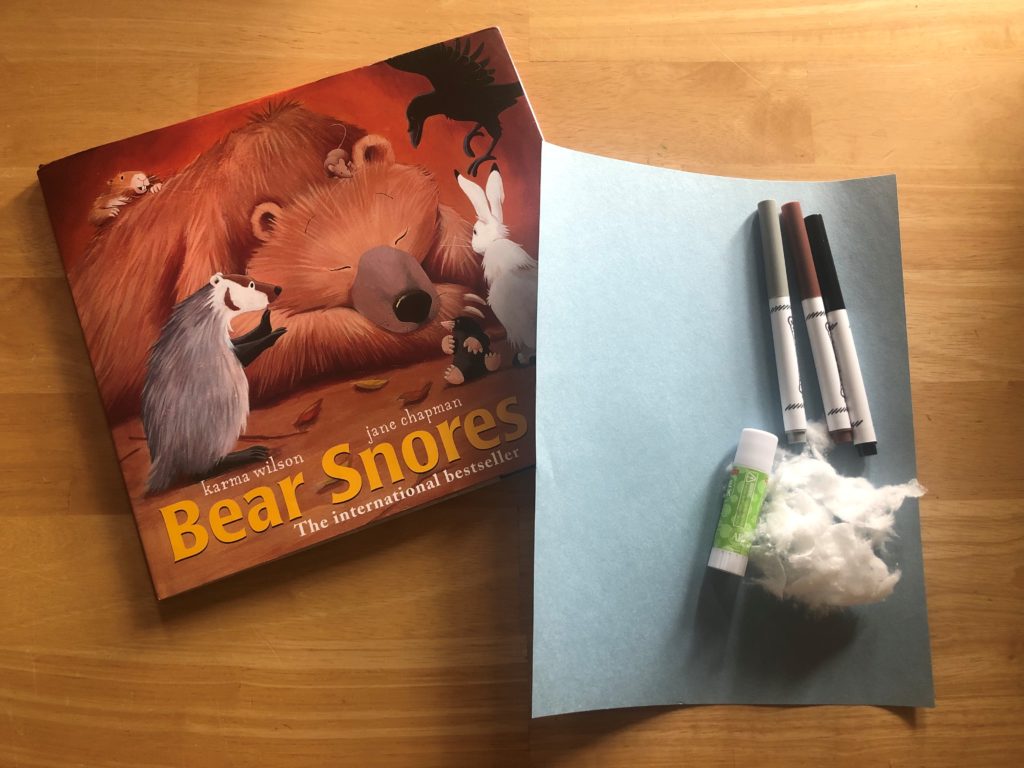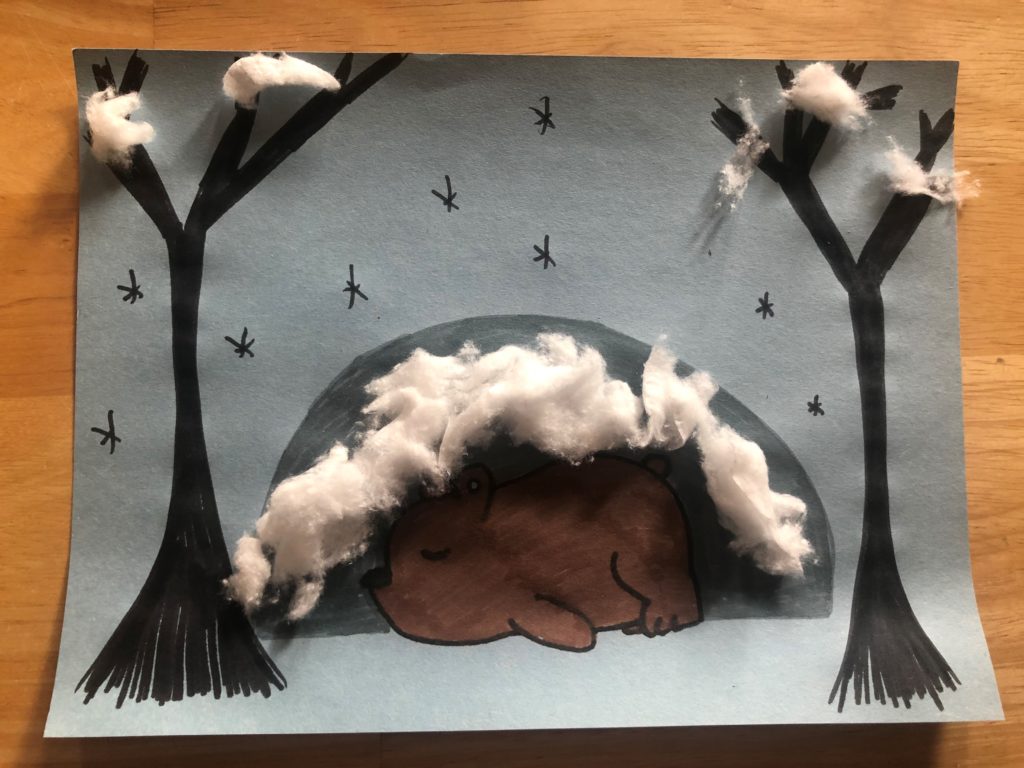Supplies ideas:
Epsom salt food coloring
4 raw eggs
Glue
Paint brush
Bowls
Toothpick
Small pot
Stove

Length:
Preparation: 1 hour
Observations: Up to 1 week
Academic Subjects:
Science
Directions for Egg Geodes:

Today we are going to act as geologists. Geologists study what makes up the Earth. The Earth is made up of all sorts of things like soil and rocks! Geologists even study geodes, which are crystalized rocks! This experiment will show you how geodes are formed over time!
1.) This is a perfect project for the next time you are making eggs for breakfast or even cookies for dessert! As you crack the eggs, carefully try to not crack the egg in half. Rather create a small crack, pour the yolk out, and then make the crack the size of a quarter. If the egg does crack, don’t fret! A cracked egg will work just fine in this experiment, as long as it’s sort of bowl shaped.
2.) Carefully rinse the egg out and try to pull the membrane off.
3.) If you want you can dye your egg with food coloring and vinegar. You just need a teaspoon of white vinegar, and twenty drops of food coloring in a bowl. Then you can dip your egg in the dye with a spoon.
4.) Next we are going to dry our egg completely out. Let the egg sit on a paper towel until it is dry.
5.) Once the egg is dry, using a paint brush and glue, paint the inside of the shell with a thin layer of glue.
6.) Sprinkle Epsom salt onto the glue and let it dry.
7.) Boil a cup of water. Once the water is boiling, pull it off the heat and pour in half a cup of Epsom salt into the water. Stir the water until it dissolves. Then keep adding 1-2 tablespoons of Epsom salt until it does not dissolve. The water will be thick at this point!
8.) Place the egg in your small bowl or container. Then fill the egg shell with the Epsom salt water.
9.) Add a few drops of food coloring into the shell and stir with a toothpick, then let your egg sit. It may take a few days for the crystals to form, but it is worth waiting. Check your egg every day, if any small layers start to form on the egg, poke a hole through it.
Draw a picture of your geode each day to see how it changes! Drawing pictures is a method of observation. Each day you are recording new information about how your science experiment is progressing!
The water needs to dissolve completely! Once the water has dissolved the crystals will be fully grown!! Our geode is still grown!
Share a picture of your fully grown geode the Explore & More Facebook page and we will too!
Vocabulary:
Geologist– A scientist that studies what matter makes up the Earth and how the world has been formed and how the Earth changes over time. Not only do geologists study rocks, they study minerals, soil, and liquids!
Geode: A geode is a hollow rock that crystals form on the inside! Most geodes look like normal rocks on the outside. Geodes are sometimes found near volcanoes or animal burrows. Minerals slowly seep into the rock and over time crystals form! These crystals or minerals are only visible when the rock is cracked open.
Observation: to watch something carefully to gain information. Fun Fact about Geology: A trailblazer in the field of United States geology was a women named Florence Bascom, she is considered to be the first US women geologist. She became a geologist in 1896. She went on educate many women in the field of geology!

